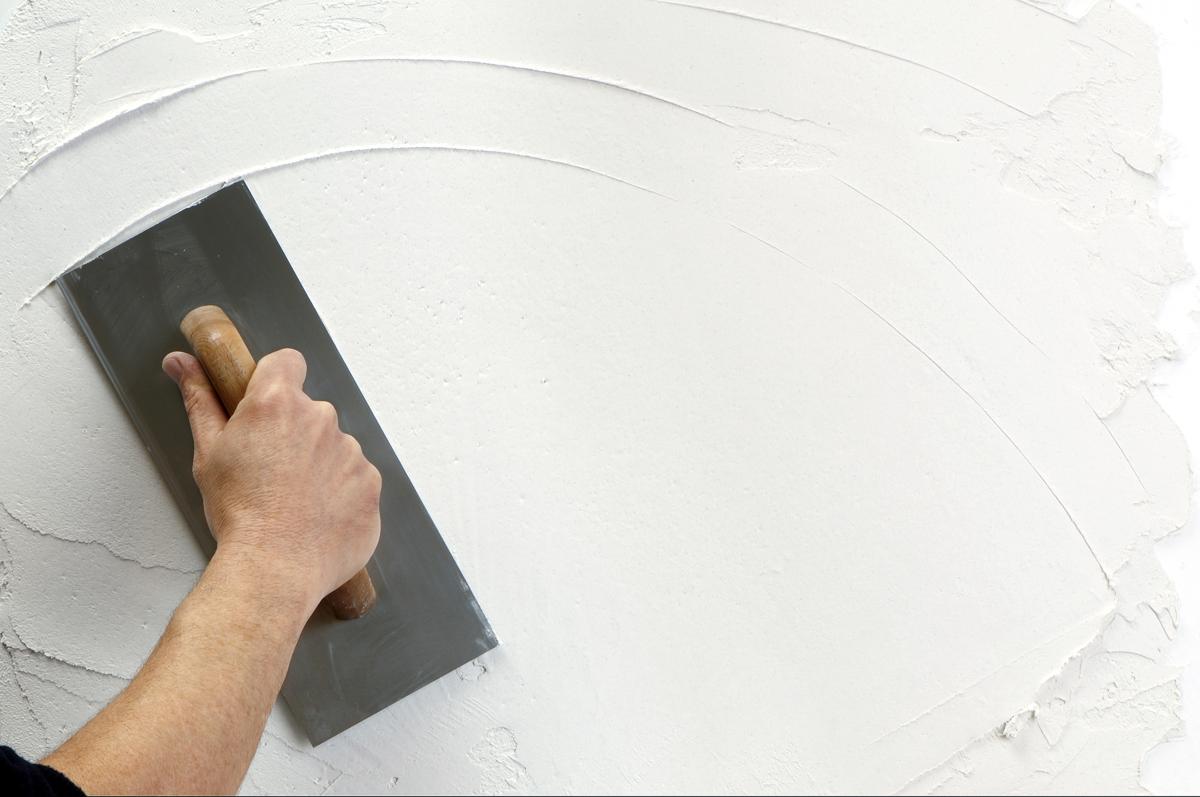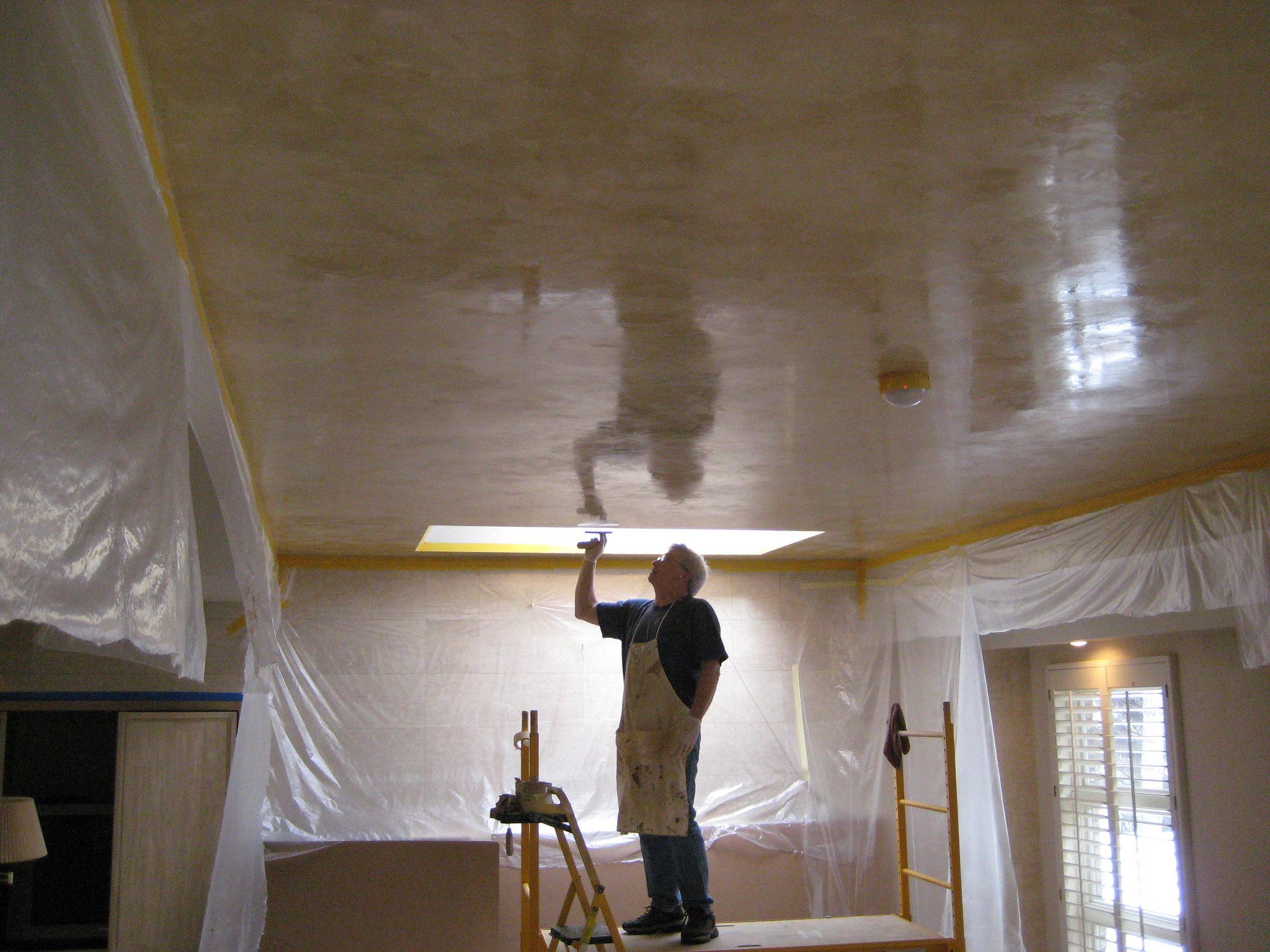Unveiling the art of Venetian plaster is an exciting journey. This luxurious wall finish has been used throughout history to create stunning interior designs, and its popularity continues today. From grand palaces to modern homes, this unique material adds a touch of opulence that can’t be found elsewhere.
In this guide, we explore all aspects of Venetian plaster — from its origins and composition to the techniques required for successful application — so you can take your walls from ordinary to extraordinary!
What is Venetian Plaster?
What is Venetian Plaster? Venetian plaster is a luxurious and unique wall finish that dates back to the 16th century. It’s made from slaked lime, marble dust, and natural pigments which are combined to create a stunning finish. This traditional technique of applying wet plaster has been used for centuries to decorate walls with an elegant look and texture that’s impossible to achieve with other finishes. Venetian plaster can be applied in either modern or classical styles depending on the desired effect.
The application process consists of layering thin coats of the mixture onto the surface until it acquires its desired depth and appearance. Once finished, this type of finish adds character and charm to any room due to its unique look that is both timeless and classic in style. As well as being aesthetically pleasing, Venetian plaster also offers durability as it will not peel or flake off over time as some other finishes might do. All-in-all, Venetian Plaster is one of those timeless pieces of artistry that can be used in many different ways within interior design projects giving homeowners a truly beautiful space they can enjoy for years to come!
How to Prepare the Walls for Application

Preparing the walls for Venetian plaster application is essential to ensure a luxurious, long-lasting finish. Before beginning, you must make sure that your walls are clean and free of any dirt or dust particles. Start by wiping down all surfaces with a damp cloth or sponge to remove any residual debris. If there are existing paints on the wall, sand them down using either an electric sander or sandpaper until they are smooth and even. Once this step is complete, use a primer to seal in any cracks before applying the Venetian plaster itself.
Finally, be sure to apply two coats of quality sealant over the entire surface before starting with the Venetian Plaster application process for the best results. By following these steps carefully you can ensure that your finished product will give your space an artfully crafted appearance while lasting through time.
Applying the Plaster
Applying Venetian plaster is a craft that has been perfected over hundreds of years. While it’s possible to apply the material yourself, the best results come from experienced artisans who understand how to properly mix the ingredients and create an even layer on your wall.
The application process requires precision and skill, as well as knowledge of various tools such as trowels and hawks. To create a beautiful finish with this luxurious wall treatment, you’ll need patience as well as plenty of practice. With some expert guidance and effort, you can transform your walls into something truly stunning!
Finishing and Caring for Your Wall Finish

Once the Venetian plaster wall finish has been applied, it is time to move on to the finishing and curing process. To ensure a long-lasting and beautiful result, careful attention should be paid to this final step. The first order of business is sealing the plaster walls with a quality sealer that’s designed for use with Venetian Plaster finishes.
This will help protect against staining from everyday use as well as environmental factors such as humidity and temperature changes. For added protection, an additional topcoat can also be applied over the sealer once it has dried completely. To maintain your Venetian Plaster wall finish at its best, regular cleaning is necessary.
The most common method used is dusting with a dry or slightly damp cloth or feather duster; however, if there are more stubborn stains then warm soapy water can be used along with a gentle scrubbing motion to remove them without damaging the surface of your plaster walls. Afterward, rinse thoroughly and allow plenty of time for drying before applying any polishing products or protective waxes which may further enhance the look of your finished product while also providing extra protection against future wear and tear from daily use.
Advantages of Using Venetian Plaster
Venetian plaster offers many advantages to homeowners, both aesthetic and practical. It is a luxurious wall finish that adds an elegant touch to any room, creating a sense of warmth and sophistication. Its unique texture gives walls depth and visual interest without overpowering the space.
Additionally, Venetian plaster is extremely durable, making it ideal for high-traffic areas such as entryways or kitchens. The sturdy nature of this material makes it long-lasting and resistant to scratches or dents which can occur with other wall finishes like paint or wallpaper. Furthermore, unlike conventional paint jobs requiring multiple coats over several days of laborious work; Venetian Plaster application only requires one coat applied by a skilled craftsman in just hours – saving time and money on labor costs while still providing a top-quality finish!








